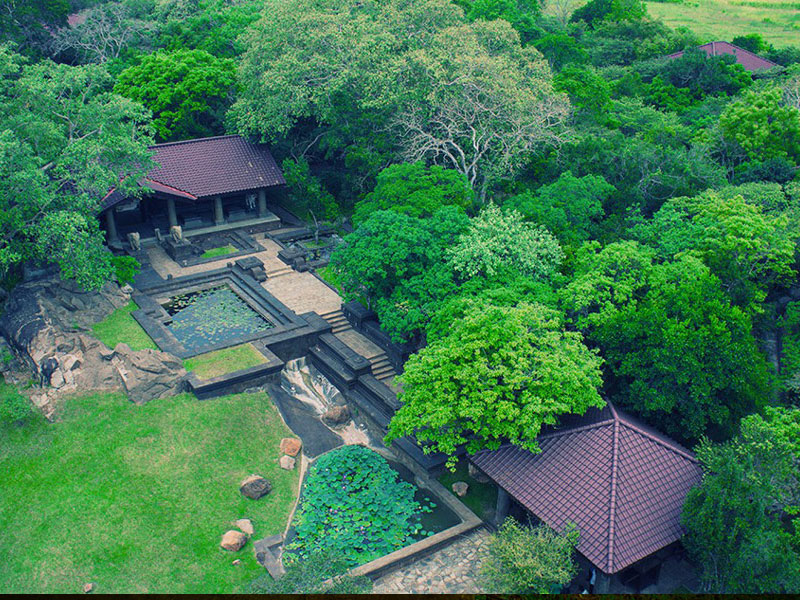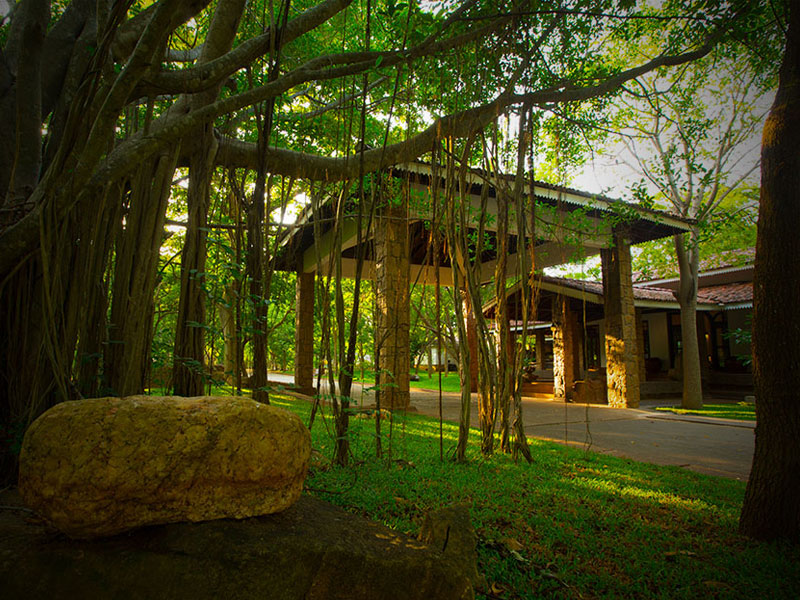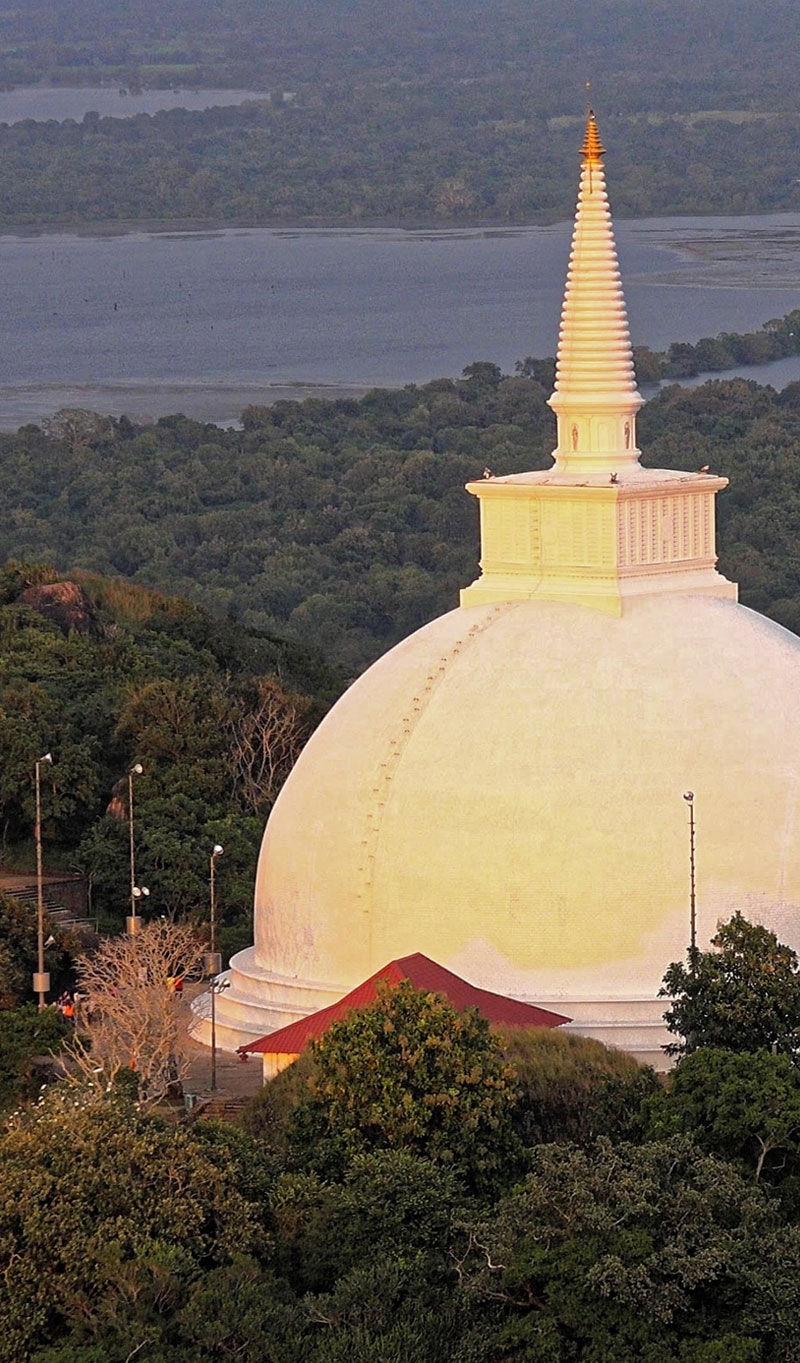Anuradhapura
ACCOMMODATION
WHERE TO STAY
The city is a World Heritage site, was the centre of Theravada Buddhism for many centuries. The city lies 205 km (127 mi) north of the current capital of Colombo in the North Central Province, on the banks of the historic Malvathu River. It is one of the oldest continuously inhabited cities in the world and one of the eight World Heritage Sites of Sri Lanka.
Anuradhapura is ideally the first destination of your Sri Lanka round tour. The city is quite big but remains charm holding its historical heritage. It provides the traveller with quality accommodation and dining options to spend a comfortable night before or after visiting the ancient city.
BOOK WITH TRAVELI CEYLON
Ask for more information
ACCOMMODATION
Partner hotels in Anuradhapura


LOCATION
ANURADHAPURA
Anuradhapura is one of the island’s most famous ancient cities, firmly in place in any tours in Sri Lanka.
Anuradhapura, which lies in the North Central province along the banks of the river Malvathu Oya -205km north of the current capital, was the first established Capital city of Sri Lanka. Established in the 4th century BC by the king Pandukabaya, the kingdom continued to be the seat of power till the 11th century AD. However, archeological evidence puts the founding period of the city firmly in the protohistoric period, i.e. around 10thcentury BC. Anuradhapura was strategically placed between the major ports of the Northwest and Northeast, surrounded by fertile, irrigable land, and buried deep in the jungle while being on higher ground, hence using nature for enhanced defense against invaders.
King Pandukabaya laid out the city in accordance with an organized plan. He built a reservoir, shrines, dwelling for ascetics, chose a location for the graveyard and practically established the city’s boundaries. His son, Mutasiva, who ascended the throne after him, established the royal gardens. However, it was during the period of his successor, Devanambiyatissa, that the culture of Anuradhapura strengthened, as the era of Buddhism arrived with the arrival of the Tooth Relic of Buddha to Sri Lanka. The kings following this noteworthy sovereign, continued to make their mark and pay their respects by creating dagobas/stupas (large Bell shaped Buddhist shrines), monastic buildings, and pokunas (bathing/drinking tanks).



